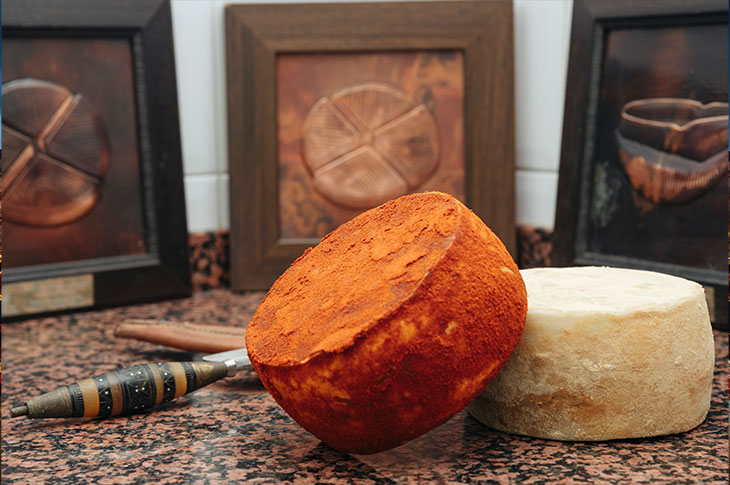Las Palmas de Gran Canaria, the perfect destination for foodies seeking authenticity
From the wine route to Michelin-starred restaurants, the city has made a name for itself as a leading culinary destination
Las Palmas de Gran Canaria has transformed its culinary scene to establish itself as an essential destination for travelers seeking authentic gastronomic experiences, as island tradition and cutting-edge innovation come together. With offerings ranging from popular markets to Michelin-starred spaces, including the first Wine Route of the Canary Islands—the only one outside the mainland—the capital of Gran Canaria presents a tasting journey as diverse as its Atlantic history to delight its visitors. Haute cuisine and maritime tradition In the capital, popular recipes coexist with haute-cuisine restaurants placing the city on the international gastronomic map. Three establishments have been awarded a Michelin star: Muxgo, Tabaiba, and Poemas by Hermanos Padrón, all reinterpreting the island’s culinary tradition using local products. Nevertheless, maritime flavors remain essential, and dishes such as wrinkled potatoes with mojo sauce or Canarian sancocho stew reflect the union of sea and land so characteristic of the island’s cuisine. The Wine Route, a unique experience Wine and food tourism has found the perfect home in Las Palmas with the Gran Canaria Wine Route, the first in the archipelago and the only one outside of mainland Spain. This route includes wineries, wine cellars, and bars where wines with the Gran Canaria Protected Designation of Origin are served, recognized for their volcanic character. From the markets to rural destinations such as Tafira and the Bandama Caldera, wine culture is intertwined with the visitor experience. Cheeses and local products with protected designations Gran Canaria’s culinary identity is also reflected in its cheese-making tradition. With more than 80 mini cheese dairies, the island produces PDO-recognized specialties, such as Flor de Guía and Media Flor de Guía, alongside smoked and cured varieties that enrich the local culinary repertoire. These products, together with wrinkled potatoes with mojo sauce, form the foundation of a cuisine that remains firmly anchored in the land.

Island-certified sweets and ice creams The journey through the flavors of Las Palmas is completed with desserts that blend tradition and creativity. From the gofio mousse to the polvito uruguayo, plus ice creams with native flavors such as banana, prickly pear, or Moya sponge cake, each dish brings a unique nuance to the experience. Cosmopolitanism around the table The city's openness to the world is also reflected in its international offerings. The opening of Fuji in the 1960s was a real landmark, as the first Japanese restaurant in Spain, still active today on Las Canteras beach. This legacy confirms the capital’s cosmopolitan spirit, as the city continues to combine global influences today—without ever relinquishing its local essence. Location The Canary Islands archipelago is located in the Atlantic Ocean, southwest of the Iberian Peninsula and opposite the northwestern coast of Africa. It makes up a Spanish region composed of seven main islands. Las Palmas de Gran Canaria, located in the northeast of the island of Gran Canaria, offers extensive air and sea travel connections, channeled through Gran Canaria Airport and the Port of Las Palmas, the main island transport hubs.

